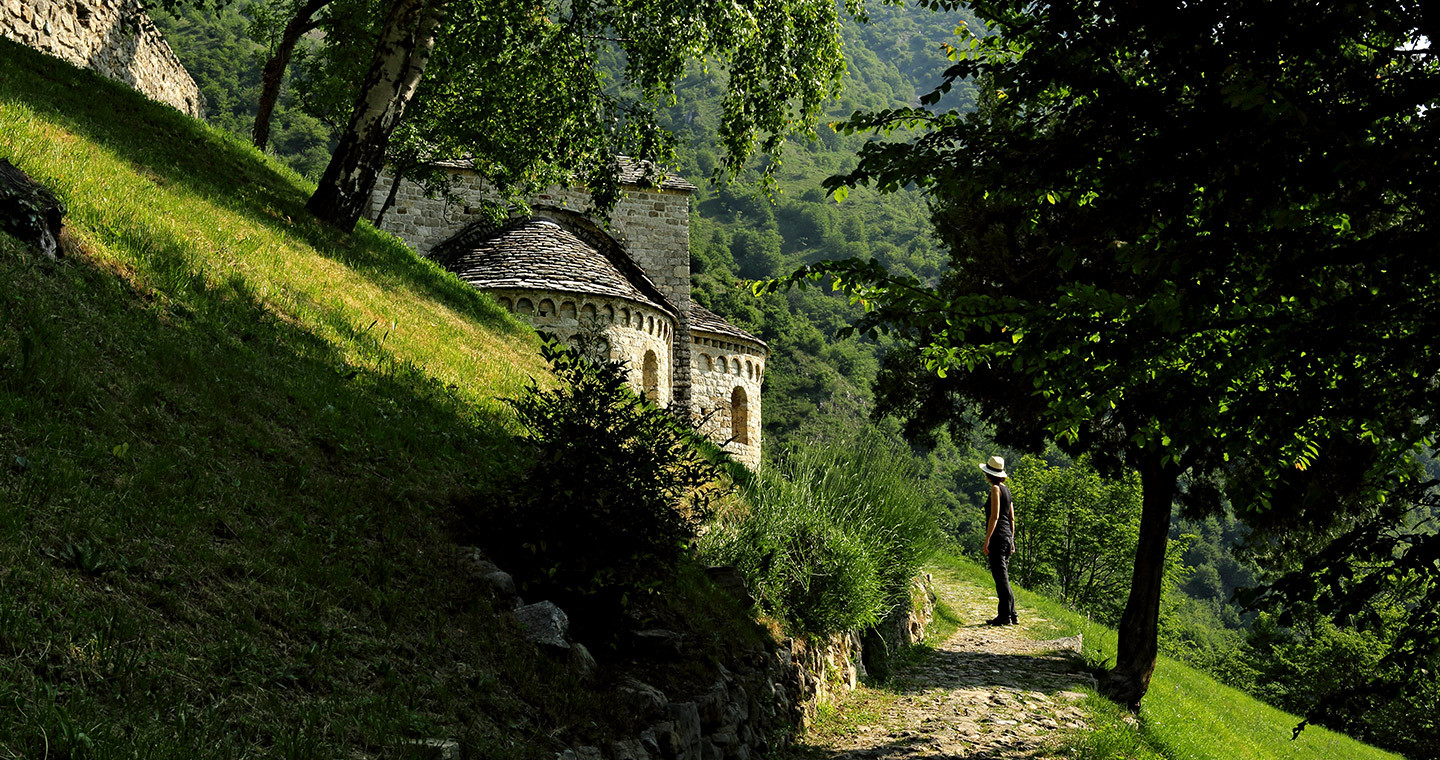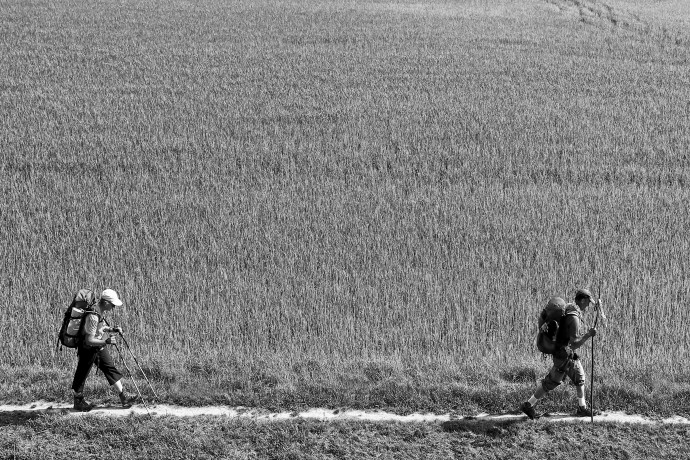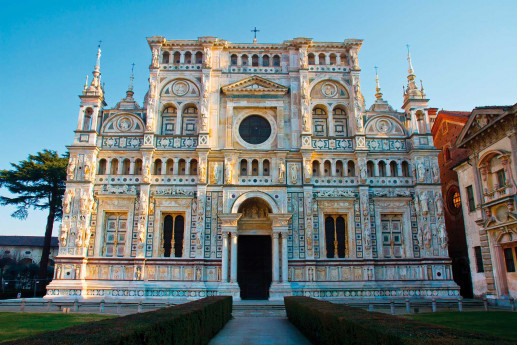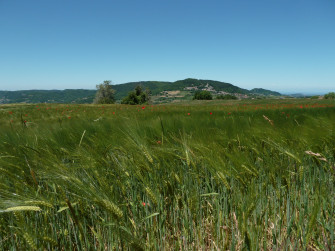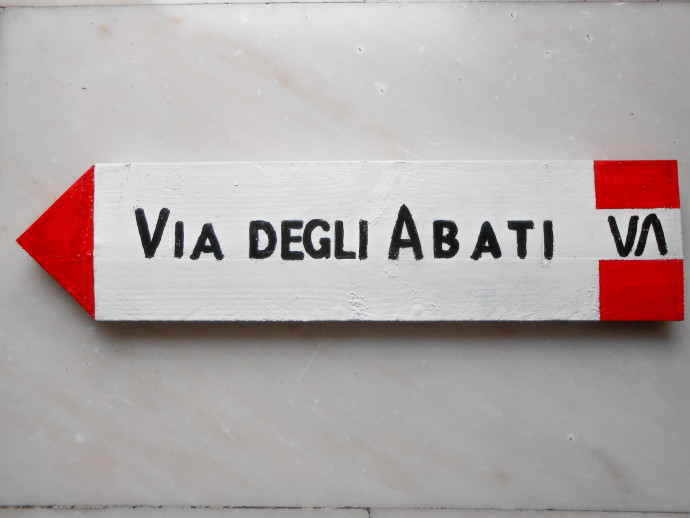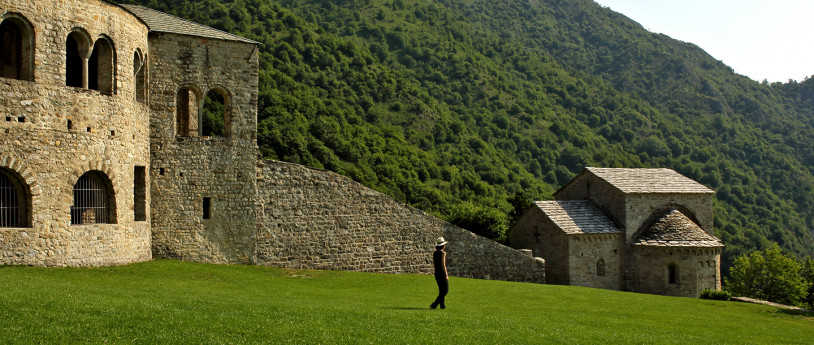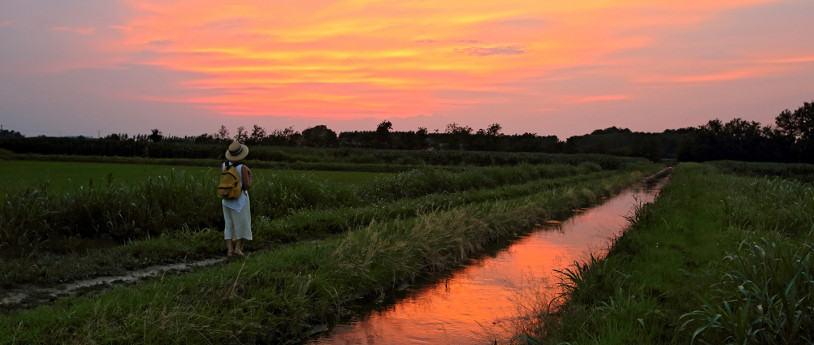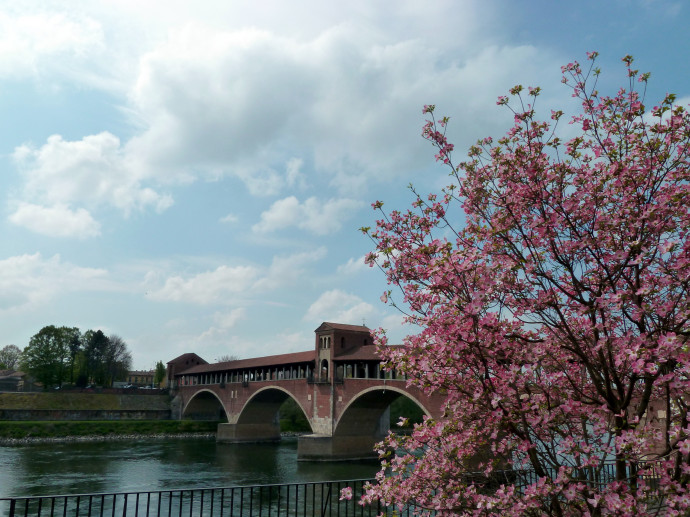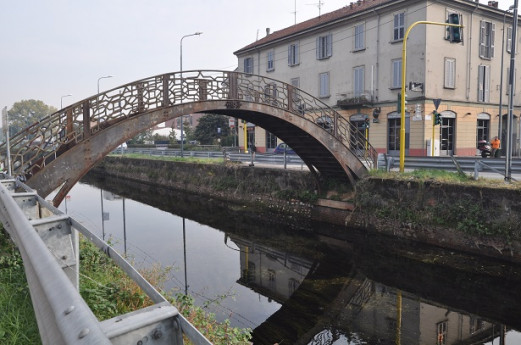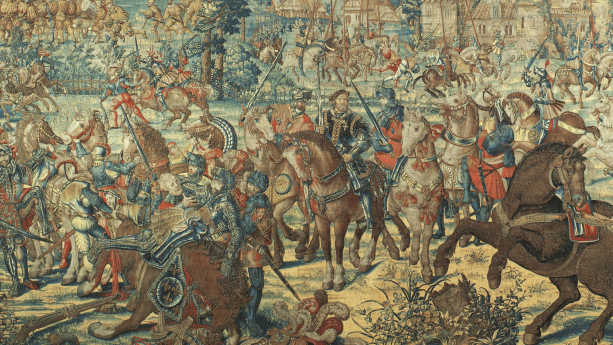- Religious Tourism
- Active & Green
Cammino di Sant'Agostino
Retracing the Way of one of the most important figures of history will give an important new dimension to your awareness of life
Saint Augustine’s Way was designed to create a connection between fifty Marian Sanctuaries of Lombardy and three Lombard districts linked to the figure of Augustine of Hippo: Rus Cassiciacum, the site of the Saint’s conversion (modern-day Cassago Brianza), Milan, the imperial capital and his place of baptism and Pavia, which has housed his relics sincethe 7th century, when they were transported from Genoa along the Via del Sale.
A peculiar feature of Saint Augustine’s Way is the fact that the route maps out the stylisedfigure of a rose, with the flower head lying in the area of Brianza near Como, Lecco and Monza, the leaves to the east and west within the Province of Monza and Brianza, Milan, Varese and Bergamo, the stem joining the cities of Monza, Milan, Pavia and Genoa in a long north-south axis and the roots connecting the “Augustinian” cities on African soil of Tunis-Carthage, Tagaste and Hippo.
The flower, a 352-km circular route, starts and ends in Monza, passing by 25 Marian Sanctuaries; it should be covered ideally in 15 days on foot. At Monza, you can visit the extraordinary church-sanctuary of Santa Maria delle Grazie and the adjoining convent. Not to be missed is a visit to the Monza Duomo, founded at the end of the 6th century by Queen Theodolinda, wife of the Lombard king Authari, as was the chapel of the nearby royal palace, in an area then on the edge of the small hamlet of Monza, a short distance from the river Lambro.
The east leaf connects Milan to Monza in the easterly direction. It is a 99-km long route along the Villoresi and Martesana canals, passing by 11 Marian Sanctuaries and ensuring the connection on foot to the pilgrim route that continues to the airport of Orio al Serio.
The west leaf is a 91-km route from Monza to Milan to the west, along the Villoresi canal and the Vie d’Acqua of the Expo 2015 area, passing by 10 Marian Sanctuaries and ensuring the connection on foot to the pilgrim route that continues to the airport of Malpensa.
The stem joins the cities of Monza, Milan,Pavia and Genoa along the Naviglio Grande, the Naviglio Pavese and subsequently along the Via del Sale in the Apennines, for an overall total (assuming different routes there and back) of 384 km. The departure is from the Sanctuary of Santa Maria delle Grazie in Monza with arrival in Pavia, at the relics of Saint Augustine at the Basilica di San Pietro in Ciel d’Oro.
The roots, finally, bring together the native routes of Augustine on African soil, connecting the cities of Tunis-Carthage, Tagaste and Hippo.
In North Africa, from Tunisia to Algeria and back, the overall length is around 605 km for a walk of around 30 days.
Along the Way, pilgrims can stay overnight at various facilities with subsidised prices, thanks to an agreement with a network of accommodation facilities, which ensures free lodgings or at subsidised prices.
5 REASONS TO COVER THE ROUTE
1. You will be experience first hand the teaching of Saint Augustine: “The world is a book and he who does not travel knows only a page of it.”
2. You can have proof of your walk, thanks to the credentials (certification points at 50 Marian sanctuaries, the historic archaeological site of Rus Cassiciacum at Cassago Brianza, Milan’s Duomo, the Basilica di Sant’Ambrogio in Milan
and the Basilica di San Pietro in Ciel d’Oro in Pavia).
3. Saint Augustine’s Way unfolds under the benevolent patronage of the Virgin Mary and passes by fifty different Sanctuaries: you will be protected at every step!
4. You can meditate on the Relics of Saint Augustine, preserved in a crystal and glided bronze urn at the Basilica San Pietro in Ciel d’Oro in Pavia.
5. You must not miss the many opportunities to taste the food and wine offered by the districts along the way, which will make your sensory experience complete. You will be spoiled for choice!
